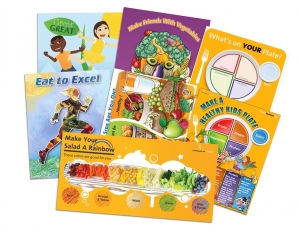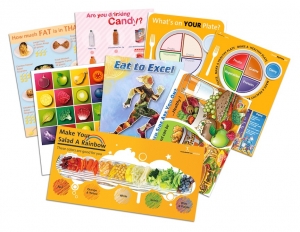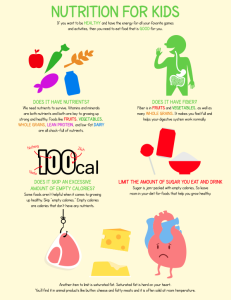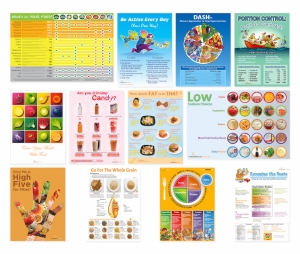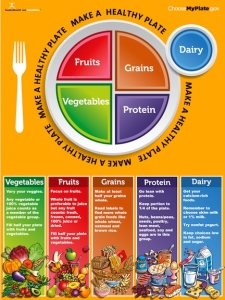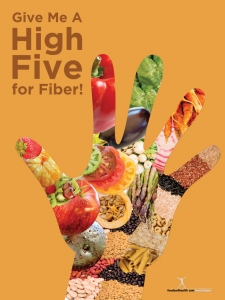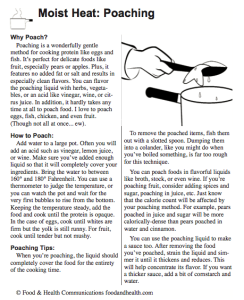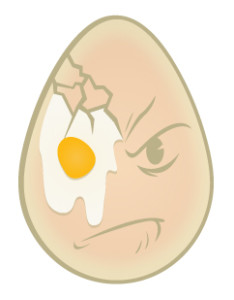
Answer TRUE or FALSE to these questions to find out how much you know about the incredible edible egg.
- An extremely old egg will sink to the bottom of a bowl of water.
- You can tell if an egg is raw or cooked by spinning it on a table top.
- The color of the egg yolk is determined by the food the chicken has eaten.
- It’s best to use the freshest eggs possible for over-easy or sunny-side-up eggs because the yolk in these eggs will be less likely to break.
- Most of an egg’s nutrition is in the white. The yolk is only fat.
- Eggs are good for your eyes.
- Get the freshest eggs possible when making hard-cooked eggs; this will make them easier to peel.
- One large egg has 150 calories.
- Eggs should be stored in the carton in the refrigerator.
- Because egg shells are hard (especially after hard cooking) they are great foods to take on a hike because they don’t need to be refrigerated and they will keep all day.
- The green ring or halo that is sometimes found around the yolk of a hard cooked (hard-boiled) egg is caused by overheating or overcooking.
- Because of the high cholesterol in the yolks all eggs should be avoided.
- You need to have a rooster (male chicken) to get eggs.
- Brown eggs are more nutritious than white eggs.
Answers:
- FALSE an extremely old egg will float to the top. As an egg gets older moisture evaporates through the porous egg shell. As this happens an air pocket develops inside the shell as the air pocket gets bigger the egg will float. However, this is not always a reliable tool to tell the age of an egg. A newly laid egg may also float, as occasionally a hen will lay an egg with a larger air cell.
- TRUE A raw egg will wobble due to the moving liquid inside the shell. A cooked egg will easily spin.
- TRUE The yolk color depends upon the plant pigment in the hen’s feed. Natural yellow-orange substances such as marigolds petals may be added to light-colored feed to enhance the yolk’s color. Artificial colors are not permitted to be added to the food.
- TRUE The fresher the egg the stronger the membrane surrounding the yolk. A sign that an egg is older is when the white gets thinner and the yolk gets flatter. When the yolk membrane gets weaker the more likely it will break during cooking.
- FALSE Most of an egg’s nutrients are in the yolk. The yolk has a high percentage of an egg’s vitamins. Egg yolks are one of the few foods that naturally contain vitamin D. Egg yolks also contain choline which is an essential nutrient for fetal development during pregnancy and aids in the brain function of adults. However, there is more protein in the white (3.6 grams) than in the yolk (2.7 grams). There is no fat in the white and 4.5 grams in the yolk.
- TRUE This is especially true as you get older. It is specifically the substances in the plant pigments that cause the yolks to be yellow that have been shown to reduce the risk of cataracts and age-related macular degeneration.
- FALSE Older eggs peel more easily. Eggs are easier to peel when they are a week to 10 days old. Evaporation through the shell weakens the membrane holding the white to the shell allowing the shells to come off easier after cooking.
- FALSE Eggs have a high nutrient density. One egg provides many nutrients in proportion to its calorie contents. Nutrient dense foods help you get nutrition without excess calories. There are 13 essential nutrients in one egg with only 72 calories in one large egg.
- TRUE They will age more in one day at room temperature than they will one week in the refrigerator. Eggs will keep up to three weeks after you bring them home from the store. Another reason to store eggs in the carton in the refrigerator is so they won’t absorb refrigerator odors.
- FALSE The egg shells are very porous (17,000 tiny pores in the shell of one large egg). These pores allow moisture to move in and out of the shell both when the egg is raw or cooked.) Once cooked eggs need to be refrigerated. Hard-cooked (hard-boiled) eggs should only be kept unrefrigerated for no longer than two hours. So if you’re taking them on a hike or picnic keep them in a cooler.
- TRUE The greenish “halo” is caused by the reaction of the sulfur in the egg white with the iron in the yolk. This happens when the eggs have been cooked too long or at too high a temperature. Cooking eggs in hot water, not boiling water and then cooling immediately minimizes the green. While this green ring might be unsightly it is harmless and safe to eat.
- FALSE Dietary cholesterol has long been a hot topic surrounded by confusion. There is less dietary cholesterol in eggs than people have thought over the years. There are 186 milligrams of cholesterol in one egg. This cholesterol is found in the yolk. The US Dietary Guidelines recommend Americans recommend eating less than 300 mg dietary cholesterol per day and consuming less than 200 mg per day can further help people at high risk for cardiovascular disease.
- FALSE You only need to have hens (female chickens) to get eggs. But you do need to have a rooster to get fertilized eggs. It takes 24-26 hours for a hen to produce an egg. After an egg is laid the hen starts over again about 30 minutes later. Most eggs are laid between 7 and 11 in the morning.
- FALSE The color of the shell is not related to the quality, flavor, nutritional content or cooking properties of an egg. The difference in shell color is due to difference in hen breeds. Hens that lay brown eggs are larger and require more feed than hens that lay white eggs. For that reason, eggs with brown shells usually cost more.
How’d you do?
- If you got 11-14 You’re an EGGHEAD! Good job!
- 8-10 EGG-cellent! You know your eggs!
- 4-7 You’re a little hard boiled when it comes to eggs.
- 3 or less Don’t look now but you have egg-on-your-face!
Source: Egg Nutrition Center (www.eggnutritioncenter.org) and the American Egg Board (www.incredibleegg.org)
By Cheryle Jones Syracuse, MS
Professor Emeritus, The Ohio State University
Check out all of our fruit and veggie posters for spring



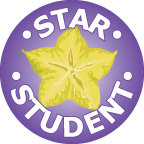
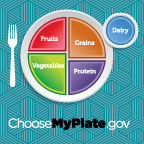
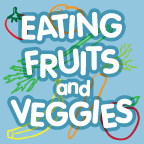
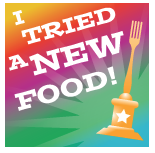
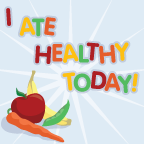
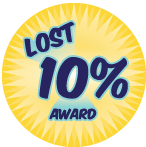
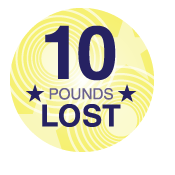
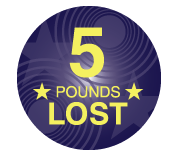
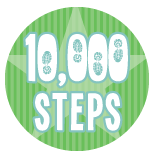
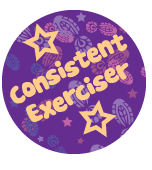
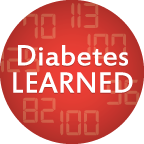
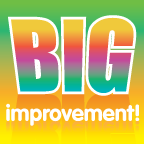
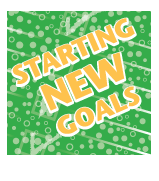



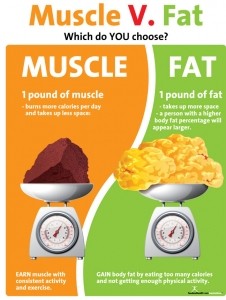
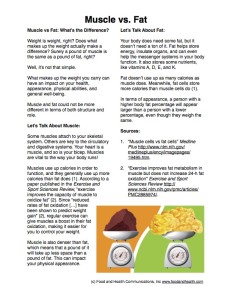
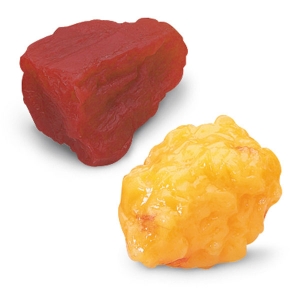
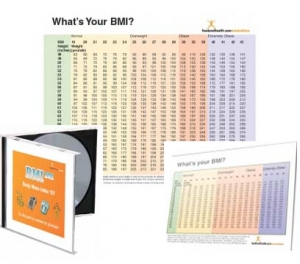
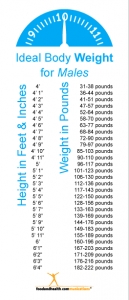
 Recently, I went to an open air farmers’ market in Davis California. Did you know that that market was voted “America’s Best Farmers’ Market”? How cool is that?!
Recently, I went to an open air farmers’ market in Davis California. Did you know that that market was voted “America’s Best Farmers’ Market”? How cool is that?!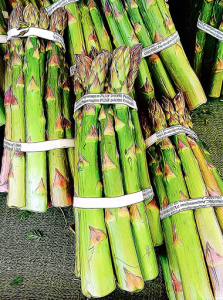
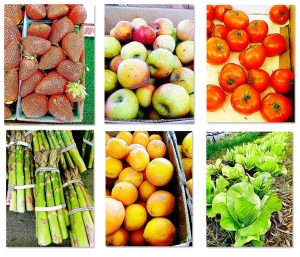
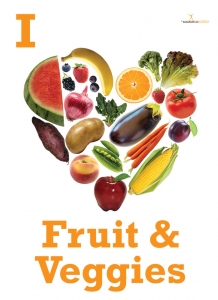
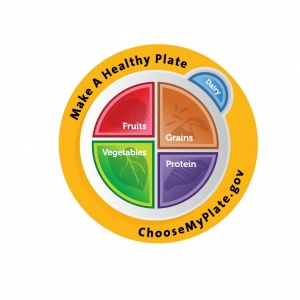
 The poster bundles we have in the store are some of our very top sellers, and we’re always getting rave reviews from happy customers (check out the testimonial page for details). Since these bundles are so popular, we’re always looking for ways to combine our posters in order to make the most effective nutrition education materials.
The poster bundles we have in the store are some of our very top sellers, and we’re always getting rave reviews from happy customers (check out the testimonial page for details). Since these bundles are so popular, we’re always looking for ways to combine our posters in order to make the most effective nutrition education materials.